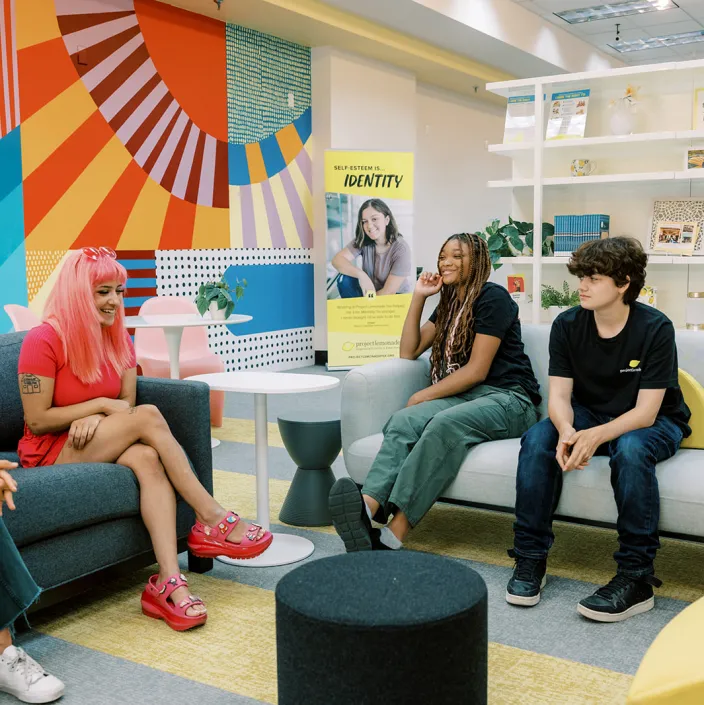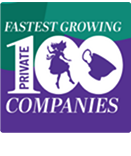
Project Lemonade
Transforming Youth Services Through Smarter DataThe Mission
Founded in 2012, Project Lemonade is a nonprofit dedicated to supporting foster youth in Oregon and Southwest Washington. Recognizing the systemic challenges facing young people in foster care—where 25% experience homelessness and 66% do not complete high school—the organization provides critical resources through innovative programs like their flagship clothing store, internships, and targeted support. With 22,000 youth served across 35 counties, Project Lemonade's mission is to inspire self-esteem and help foster youth not just survive, but truly thrive.

The Challenge
In the complex world of foster care support, knowing your impact isn't just important—it's everything. For Project Lemonade, their existing systems were creating more barriers than bridges.
Imagine trying to understand your organization's impact when you can't track a youth's journey through your services. That was Project Lemonade's reality. Their previous system could only capture anonymous, disconnected data points. They knew how many youth they served, but not who those youth were or how they moved through different programs. The Project Lemonade team also lacked access to detailed demographic and foster care case data, which could have enabled more targeted program enhancements.
"We used to only have data that was kind of anonymous," one team member explained. "We couldn't find out how often we were serving youth over time, and we couldn't see how youth were transitioning from one program to another."

The Solution
Project Lemonade didn't just want a new database—they wanted a tool that could tell the full story of the youth they serve. Their goals were rooted in service:
- Track individual youth across multiple services
- Collect youth's demographic and case status information to improve service delivery
- Simplify complex application and scheduling processes
- Create a system flexible enough to capture nuanced interactions
"We needed a way to track the whole process," one team member noted.
Working with Idealist Consulting, Project Lemonade developed a Salesforce implementation that was customized to their needs. The approach was collaborative, focusing on understanding the organization's unique ecosystem.
Key innovations included:
- A FormAssembly self-service client portal allowing youth and staff to manage interactions
- Integrated scheduling capabilities using an integration with Calendly and FormAssembly
- Detailed tracking of program transitions
- Flexible reporting tools that could adapt to evolving grant requirements
The new system gave the Project Lemonade staff a more holistic view of their impact, integrating powerful tools into one cohesive, centralized system.
The Result
The results were transformative. Within months, Project Lemonade went from having anonymous, disjointed data to having holistic insight into the youth they serve.
Perhaps the most tangible outcome came through a state grant targeting youth in guardianship placements. "We were able to say yes to a $100,000 grant," they shared, "because we could now track a specific piece of information about our clients."
Operational Efficiency
The new system dramatically reduced administrative overhead. What used to require multiple manual steps now happens with a few clicks. The client portal allows youth to schedule appointments, update information, and track their own engagement—putting them at the center of their service experience.
Deeper Understanding of Service Delivery
For the first time, Project Lemonade could see comprehensive patterns in their work. How many times does a youth return to their clothing store? Which programs are most effective at supporting transition? These weren't just questions anymore—they were answerable insights.
For Project Lemonade, this isn't just a new system—it's a new way of seeing and supporting youth. By making the invisible visible, they've created a more responsive, understanding, and ultimately more effective service model.
Our reporting ability is so much better and we have more clarity and granularity in our reports.













